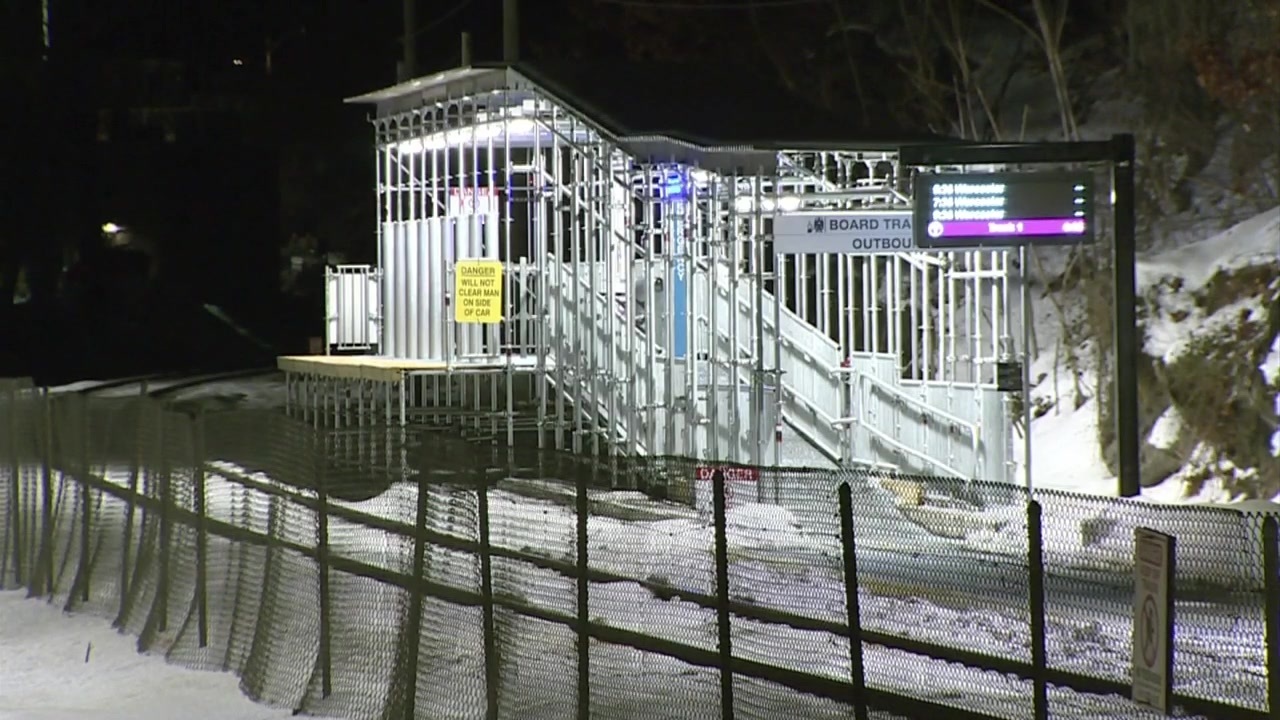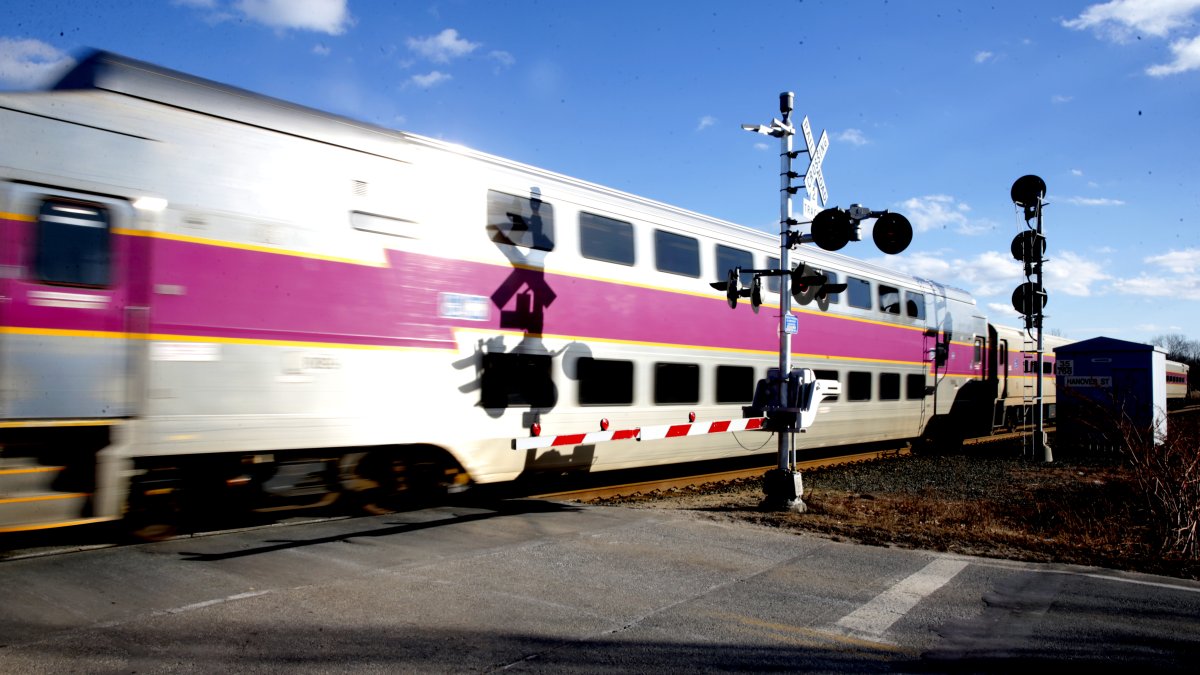cubbe8
Active Member
- Joined
- Mar 18, 2022
- Messages
- 332
- Reaction score
- 563
What's the source here and do you have any additional information? Last I heard there was no public info on the RFP Keolis is issuing for the BEMU pilot.

Keolis, MBTA begin procurement to electrify Fairmount Line
Request for proposals seeks battery-electric train manufacturer.






